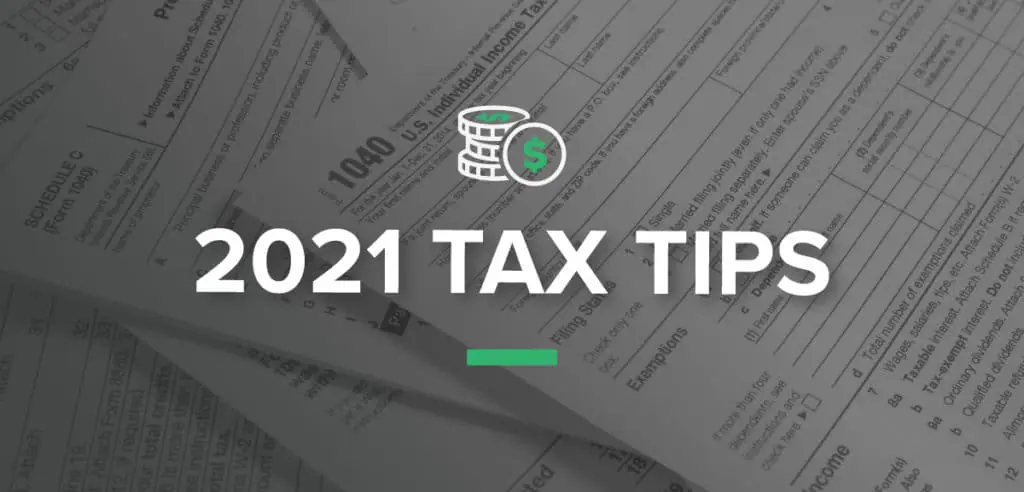
Q&A with CPA Dan Kraft from VonLehman
STACK sat down with Dan Kraft, CPA at VonLehman CPA and Advisory Firm, to discuss all things tax season for the construction industry. Read our Q&A below to learn about tax credits, grants, deductions, and the biggest mistake contractors are making with their accounting. With Dan’s expert knowledge and advice, you‘ll find solutions and resources for your business to better prepare you for long-term financial stability.
What is the biggest mistake contractors are making with their accounting?
They aren’t making it a priority! Regardless of size, companies often don’t invest in the infrastructure behind them, meaning the accounting function. The accounting department is not just an overhead cost. Truly, this team is responsible for measuring the financial performance of the company.
A lot of mistakes occur surrounding job schedules. Contractors live and die by their job schedules and project calendars. If those aren’t up-to-date and aren’t being tracked and monitored properly, losing control of the job or the company, is a real possibility. To mitigate this risk, contractors must get ahead of it in order to prevent mistakes in the future.
Companies also need to keep their books up to date to make sure bills are getting paid, or worse, find out if someone is stealing from them. If the company isn’t handling their accounting internally, it’s vital to make the investment and outsource to a talented CPA.
Can you share any 2021 construction industry tax updates?
The net investment income tax was introduced in 2013 as a tax of 3.8% on net investment income. So basically, interest, dividends, capital gains, and passive income would have an additional tax imposed if a company’s adjusted gross income was above $250,000, married filing jointly, or $200,000 filing single. It was introduced in conjunction with the Affordable Care Act to essentially help offset some of those costs.
A lot of VonLehman’s clients are S corporations or partnerships. This means they have flow-through income – income and deductions that pass to the owners or investors and are only taxed once. So that additional 3.8% could be a big number, and if a lot of contractors are doing well like the ones that we worked with this year, some planning is going to have to be done around this new tax.
Although not specific to the construction industry, the child tax credit could affect a lot of employees. Executives need to be proactive and provide the correct information and details to their teams on the advanced child tax credit, which started getting paid out in July 2021. Doing something as simple as providing employees with the documents they need can reduce stress and increase their confidence in their employers.
Are there any 2021 COVID-19 related tax breaks?
The Paycheck Protection Plan (PPP) is an SBA-backed loan that helps businesses keep their workforce employed during COVID-19. The government is now offering full loan forgiveness as long as a company qualifies (i.e., maintained employee and compensation levels, the loan was spent on payroll costs, etc).
The Employer Retention Tax Credit can also be very lucrative. In 2020, it was $5,000 a head per quarter. For 2021, it’s $7,000 a head per quarter. That could be another $28,000 per employee that contractors get back as a refund for the year. Imagine having 100 employees; that number adds up pretty quickly.
Are there tax write-offs for employee training?
There are grants that help offset the cost of onboarding a new employee and training them: everyone from a warehouse employee to a truck driver to an office manager. It can be very expensive to bring on a new employee, even just to the level of where they can function, not necessarily produce. Some companies are seeing six figure returns from these grants. Usually, it is an amount per employee, so if a contractor is able to bring on 10 employees, that’s real money.
With more remote workers than ever, what are the tax deductions available for home offices?
First, contractors should research qualification requirements by checking with state guidelines. An employee may not qualify if the company has an office and they can’t or choose not to work in person.
Overall, the deductions are based on the square footage of a person’s dedicated office to their home. For example, a 10ft x 10ft office is 100 sq ft. That’s 5% of a 2000 sq ft home. Deductions are taken on a portion of all expenses related to the house, including:
– Real estate taxes
– Mortgage interest
– Mortgage insurance
– Utilities – heat, water, sewer, trash, internet, etc.
Note, there are some gray areas like landscaping, painting, home improvements, and new furniture. It is up to the person and their tax preparer to figure out what is deductible.
What is depreciation, how is it most used in construction purchases, and how does it affect business finances?
Depreciation is a concept of taking a purchase and trying to match the expense over the period that a company is using it for. Take a computer for example. It’s not a one and done type purchase. It is used over a period of time. Or a dump truck, excavator, stump grinder. These are machines with long-term use that will have frequent maintenance performed. The tax codes are very favorable for contractors, essentially getting immediate tax deductions for those purchases.
It’s also something we always look at from a strategic standpoint. What does a company need for next year? What does a contractor need to replace, etc.? Working on a schedule or a strategy around that so money isn’t being spent on “stuff” is important. A lot of conversations we have start with, “Hey, I’m going to go buy a new truck so I can get the tax deduction.” Is that a good business decision? If someone is just doing it to do it, we recommend thinking it through a little more thoroughly.
With the skyrocketing price of gas and fuel, is it smarter to use actual cost method or IRS standard mileage rate?
The standard mileage method is the easier of the two, but it all depends. The IRS requires companies to track miles driven, and with many apps available it is easy to document. The tricky part of the actual cost method is retaining every gas or fuel receipt. About every other time I go to the gas station I don’t get a receipt because the paper is out or it’s jammed. Some contractors are filling up their tanks two, three, four times a day. It becomes impossible.
Do you suggest using any receipt management software or apps?
A lot of general ledger software will have different apps. For example, a business meal is taken with a customer. The receipt can be instantly digitized by taking a picture and uploading it. These apps integrate everything, and time is saved not having to scan the receipt and send to the accounting team.
The same applies with mileage apps. Contractors and employees can put in their destination and it tracks everything, which produces a nice reward at the end of the year.
STACK Tip: Check out Software Advice for the best expense report software.
With diversity, inclusivity, and equality being brought to the forefront of every business owner’s mind, what are the tax credits available for minority and women-owned companies?
Government contracts have inclusive goals to hire disadvantaged groups, a term the IRS spells out very specifically to cover minorities, women, veterans, etc. Contractors are urged to take advantage of the bids out there if they qualify.
Additionally, if a company has disadvantaged employees there could be tax credits against their payroll taxes. The work opportunity credit is probably the largest and most well-known credit that’s out there. That credit focuses on hiring targeted groups like ex-felons and veterans.
If you’re in the Ohio, Kentucky, or Indiana area and need tax advice, contact VonLehman CPA and Advisory Firm at www.vlcpa.com. For resources outside the tri-state area, try searching the American Institute of Certified Public Accountants.






